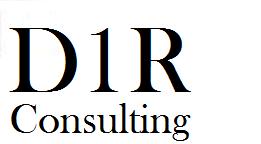Goals and Objectives
- Details
- Published: Monday, 04 February 2013 15:09
- Written by David DeCiero
In previous articles, we spoke of measuring goals, but we never talked about setting goals and objectives. This article will discuss the importance of goals and some guidelines in creating them.
Goals are defined as “longer term, ongoing, and qualitative statements of a state or condition that the organization is seeking to establish or maintain (IIBA BABOK).” These are not specific values, but rather qualitative statements about what we wish the business to achieve. The first thing about goals is that they should be aligned with your vision statement. Every goal that you wish to achieve should bring you closer to your vision. If not, then your goal is misaligned you will need to reassess your goal (or your vision statement). The second thing is that the goals should not be very specific. This is instead reserved for objectives. Goals will always be at a more abstract level. Objectives, on the other hand, are at a more detailed level. In determining objectives, they should be aligned with the goal from which they came. Then, an objective should always be “SMART.” That is, Specific, Measurable, Achievable, Relevant, and Time Bounded. The reason that it should be all of these things is because it has to have some metric associated with it that can be tracked against. The objective is what truly gets measured and there can be multiple objectives to one goal. Therefore, one goal can have multiple objectives which can be tracked via their specific measurements. We previously wrote about this in another article.
It is important to define your goals and objectives to help you measure your progress towards them. Creating the correct goals and objectives is necessary in strategic planning as it helps you make your vision statement more real and provides a roadmap to get there.

